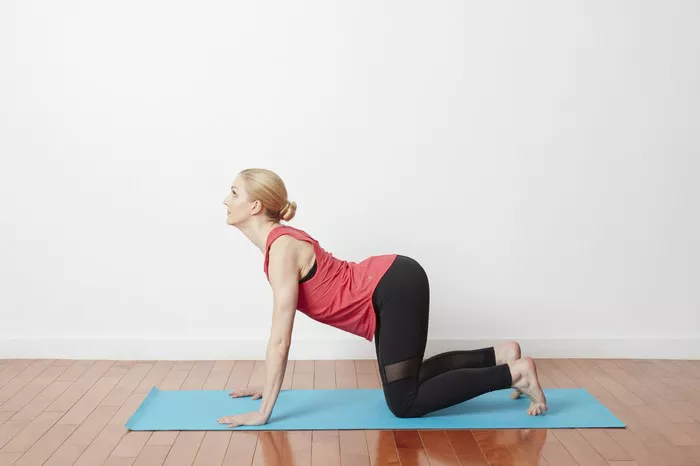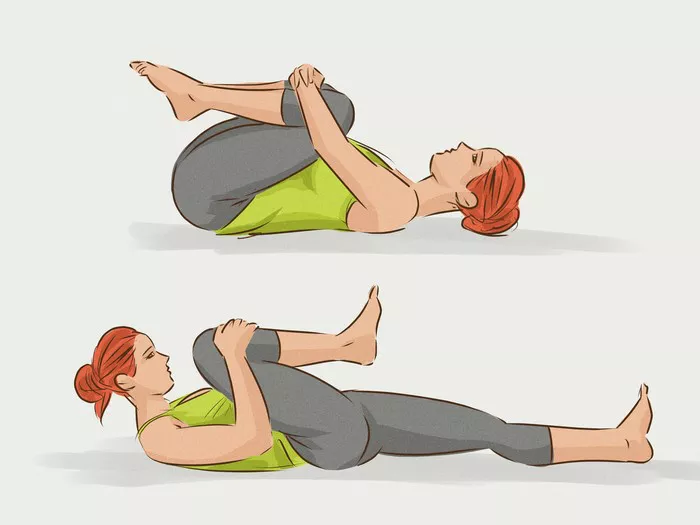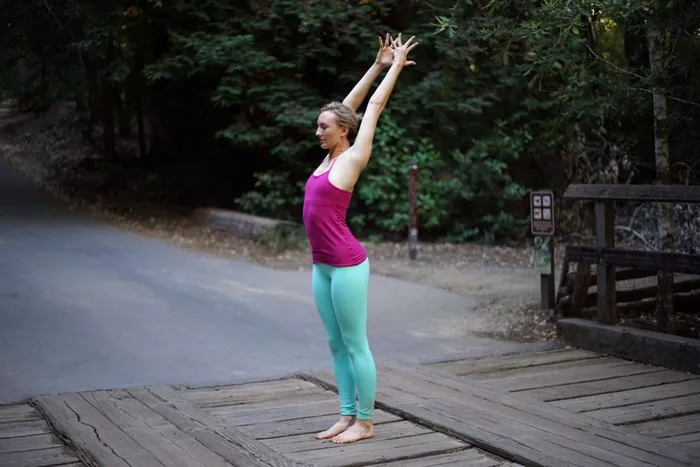Yoga, an ancient practice originating from India, encompasses a plethora of poses aimed at enhancing physical, mental, and emotional well-being. Among these poses, those executed on all fours hold a special place due to their versatility and effectiveness in improving strength, flexibility, and balance. In this article, we delve into various yoga poses performed on all fours, exploring their techniques, benefits, and modifications.
1. Cat-Cow Pose (Marjaryasana-Bitilasana)
One of the most well-known and fundamental poses performed on all fours is the Cat-Cow Pose. This dynamic sequence involves alternating between arching and rounding the spine, synchronizing breath with movement.
To perform Cat-Cow Pose, start in a tabletop position with wrists directly under shoulders and knees under hips. As you inhale, arch your back, lifting your tailbone and chest towards the ceiling while allowing your belly to sink towards the floor (Cow Pose). On the exhale, round your spine, tucking your chin towards your chest and drawing your belly button towards your spine (Cat Pose). Repeat this fluid movement, syncing each breath with the corresponding motion.
Cat-Cow Pose serves to mobilize the spine, increase flexibility, and release tension in the back, neck, and shoulders. It also aids in improving posture and digestion by gently massaging the internal organs.
2. Bird Dog Pose (Tabletop Balance)
Bird Dog Pose, also known as Tabletop Balance, is an excellent pose for building core strength, stability, and balance.
Begin in a tabletop position with wrists under shoulders and knees under hips. Engage your core and extend your right arm forward and your left leg back, maintaining a flat back and level hips. Hold for a few breaths, then return to the starting position and switch sides, extending your left arm forward and your right leg back.
Bird Dog Pose strengthens the muscles of the core, shoulders, and back while also improving proprioception and coordination. It can help alleviate lower back pain and enhance overall body awareness.
3. Thread the Needle Pose (Parsva Balasana)
Thread the Needle Pose is a restorative yoga pose that targets the shoulders, upper back, and spine, promoting relaxation and stress relief.
To practice Thread the Needle Pose, begin in a tabletop position. On an exhale, slide your right arm underneath your left arm, lowering your right shoulder and temple to the mat. Your left hand can remain extended in front of you or reach overhead for a deeper stretch. Hold the pose for several breaths, then switch sides, threading the left arm under the right.
This pose gently stretches the shoulders, arms, and upper back, releasing tension and improving flexibility. It also stimulates the parasympathetic nervous system, inducing a sense of calm and relaxation.
4. Fire Hydrant Pose (Utkatasana)
Fire Hydrant Pose, also known as Utkatasana, is a dynamic yoga pose that targets the hips, glutes, and thighs, helping to strengthen and tone the lower body.
Begin in a tabletop position with wrists under shoulders and knees under hips. Engage your core and lift your right knee out to the side, keeping it bent at a 90-degree angle. Hold for a moment, then lower your knee back to the starting position. Repeat on the left side.
Fire Hydrant Pose builds strength and stability in the hips, improves hip mobility, and can help alleviate hip pain and discomfort. It also activates the muscles of the core, promoting overall balance and stability.
5. Extended Puppy Pose (Uttana Shishosana)
Extended Puppy Pose is a gentle yoga pose that combines elements of Child’s Pose and Downward-Facing Dog, stretching the spine, shoulders, and arms while calming the mind.
Start in a tabletop position with wrists under shoulders and knees under hips. Keeping your hips stacked over your knees, walk your hands forward, lowering your chest and forehead towards the mat. Allow your arms to extend fully, actively pressing your palms into the ground.
Extended Puppy Pose lengthens the spine, opens the shoulders, and stretches the muscles of the chest and upper back. It also helps to relieve tension and fatigue in the neck and shoulders, making it an excellent pose for those who spend long hours sitting or standing.
Conclusion
Yoga poses performed on all fours offer a myriad of benefits for the body, mind, and spirit. From improving strength and flexibility to promoting relaxation and stress relief, these poses serve as valuable tools for enhancing overall well-being. Incorporating these poses into your yoga practice can help you build a stronger, more resilient body while cultivating a deeper connection to yourself and the present moment. Whether you’re a seasoned yogi or just beginning your journey, exploring the world of yoga poses on all fours can enrich your practice and enhance your life.
























